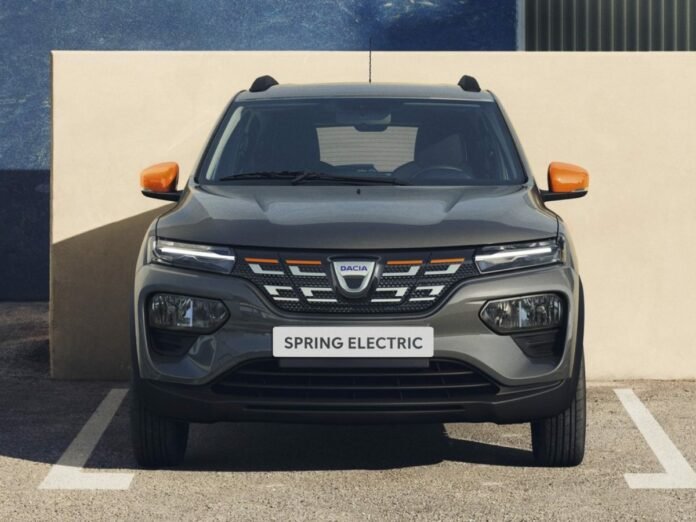Within the next 12 to 18 months, India will see the release of the new Renault Kwid EV. The Kwid architecture, which Renault already modifies and builds locally, would serve as the foundation for the sub-Rs 10 lakh electric vehicle. The bumpers, lighting, and grille of the Kwid EV are expected to be redesigned to seem more EV-like, making it appear slightly different from the normal Kwid marketed here.
Currently, the Kwid EV is offered in China and Europe under several nameplates, including Dacia and Dongfeng. The car’s combination of extremely low operating expenses, ‘cheap’ EV price, a rather roomy cabin, and crossover-like aesthetics is probably what will draw the majority of Indian customers.
Rivals of the Renault Kwid EV, an ICE to EV conversion
Significant modifications are made to the Kwid EV offered in other markets in order to convert the internal combustion engine (ICE) vehicle: the back gasoline tank has been removed, a flat floor has been constructed, and after some reinforcing, the floor is prepared to receive a flat, hefty battery. The suspension is also modified to allow it to support the additional load.
Citroen eC3, MG’s compact EV, the Comet, and Tata Motors’ Tiago EV will compete against Renault’s small EV; a diverse group if there ever was one. The electric car is based on the Dacia Spring, which is based on the Indian-made Renault Kwid.

Renault Kwid EV is anticipated to begin with 55–60% localization
In an interview with Autocar, Venkatram Mamillapalle, MD of Renault India, states, “We are moving forward with our EV plans.” You might see the “EV for India,” which is based on the CMF-A platform, in 2024 or 2025. Although the precise time frame is not yet set, we are doing everything we can to provide it as soon as possible.
The first level of localization for Renault’s first electric vehicle for India is estimated to be between 55 and 60 percent. To lower costs and assure greater future adoption of Renault’s EVs, the firm is particularly interested in sourcing batteries and cells domestically.
According to Mamillapalle, the business is in discussions with a number of Indian vendors about cell sourcing, and he is optimistic that localization of cells would be completed in the ensuing years. When the process is over, he also wants to have between 85 and 90 percent of localization.
Battery pack, range, power, and torque for the Renault Kwid EV
With a 26.8kWh battery pack, the Kwid EV in Europe is said to have a city driving range of 295km (WLTP cycle) and an output of 44hp and 125Nm. According to the manufacturer, the battery’s comparatively small size offers a quicker charge time, but the details for the Indian automobile are probably different.
The Tiago and Tigor EVs have jointly sold 50,000 units, which should give Renault some optimism. However, the success of the Renault Kwid EV relies on numerous elements. As usual, the key will be to initially price the car competitively.


